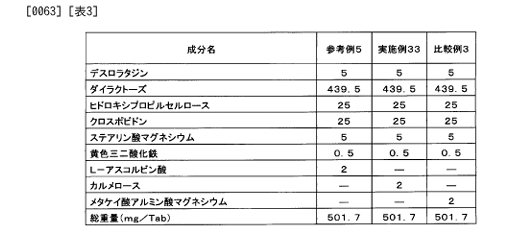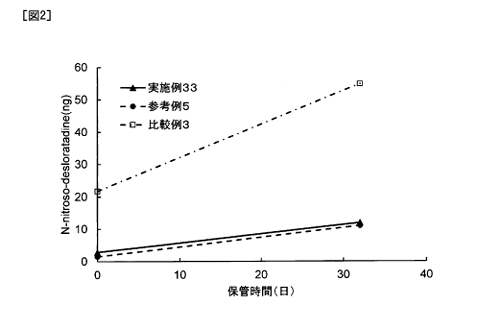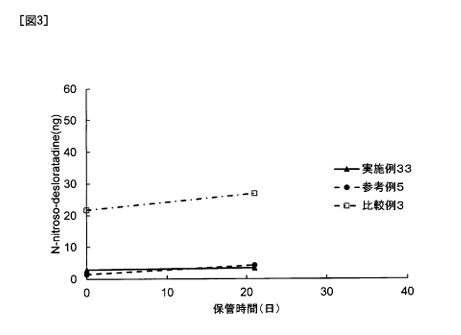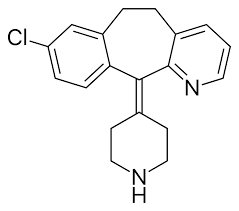您好,现在日本当前通用的亚硝胺评估报告模板能否提供一下,非常感谢!
お返事が遅くなって申し訳ございません、日本には現在評価レポート用のテンプレートはございません。そのため各社で、海外規制当局や製薬企業団体が公開しているものを流用したりして、自社用テンプレートを作成・使用しているのが現状です。
先日、第13回ニトロソアミンのリスク評価に関するグループ討議を終えましたので、概要を報告します。
- D PHARMAの福田氏による原薬製造におけるニトロソアミンのリスク評価とニトロソアミンの受託製造について
- 沢井製薬の山本氏によるニトロソアミン評価の取り組みについて
- アノチノロール塩酸塩製剤におけるニトロソアミン混入事例
- グループ内Q&Aの続き
以下、個人的に興味深かった議論を抜き出します。
1について
・トリエチルアミン中のジエチルアミンはCOAに記載がない、供給者側でも管理されていないと思われる、使用後にすぐ塩酸溶液で処理されることから、NDEA生成につながるリスクがある
→精製水を使えば、混入する亜硝酸量が少なく抑えられる
・CPCAと投与量から考えると、ニトロソアミンが混入しても94%がICHQ3Aの報告の必要な閾値(0.05%)を下回ってしまう、原薬メーカーは正しく評価できているか?
→(ICHQ3Aとは別に)ガイダンスに従って混入原因を正しく特定することが重要
・EMAの限度値リストにニトロソウレアが含まれるが、ウレアは容易にニトロソ化されるのか?
→以前合成した際は、二級アミンと同じように、通常の条件でニトロソ化できた
2について
・未開封の添加剤と開封後の添加剤の反応性NOx量の差の有無については、検証できていない 今後の課題である
・汎用される添加剤を用いてニトロソ化のスクリーニングを行ったところ、カルメロースにおいて,特定の条件下でアスコルビン酸と同等のニトロソアミン低減効果が認められた、なお抗酸化剤と同様に、アミンによって低減効果に差があった
3について
・日本国内でもEMAのQ&A Q22に倣い、LTLアプローチを適用して許容限度値を設定することで、アロチノロールの回収を回避できた
・使用者に対して、服用継続と服用中止のそれぞれのリスクについて説明が必要
・市販されている低亜硝酸グレードの添加剤について
MCC(Asahi Kasei), Lactose(Meggle), HPMC(IFF), Povidone類(BASF)等
Dear @Yosukemino. Do you have any more information on carmellose having an impact in reducing the formation of nitrosamines? Is it also applicable to croscarmellose sodium?
This would be a fascinating an potentially massive discovery - depending on which amines it does have effect upon. Ascorbic acid addition to scavenge has numerous disadvantages (from potential acceleration of the formation of the nitrosamine, through to discoloration and overall physical stability) - carmellose/croscarmellose sodium being standard tableting excipients may provide formulators with a whole new route to nitrosamine reduction.
This is a really interesting discussion. I would like to invite Joerg @schlinjo1975 and Mark @TrMa1990 since they have experience on this particular topic. I believe Mark reported in his publication the use of these scavengers.
Thank you for your inquiry. I could not find any public documents in English, so I will show you the Japanese version. I will quote from the patent (WO2024/075784) applied for by Sawai Pharmaceutical.
The amounts of N-nitroso desloratadine were measured for several Desloratadine 5mg tablets.
Example 5: 2mg of L-ascorbic acid added ▲
Example 33: 2mg of carmellose added ●
Example 3: 2mg of magnesium aluminometasilicate added(ineffective) □
Desloratadine
Sawai Pharmaceutical calls the excipient that inhibits nitrosamines SUPRENA®.
Amazing. Thank you very much @Yosukemino.
Something for me to dig a little deeper into and see what I can find.
Indeed, it appears to open new possibilities to inhibit nitrosation.
I have found a way to get it translated : Espacenet – search results.
@mflorea Thanks for this - a big read for a Monday morning!! More coffee needed first.
@schlinjo1975 - reading back your previous work on Glucophage XR, does this provide something around some of the differences between the old formulation" and the reduced mass formulation? Or is this some of the work that @Naiffer_Host was hinting at?
Link for those who may not have seen it. Avoiding N-nitrosodimethylamine formation in metformin pharmaceuticals by limiting dimethylamine and nitrite - ScienceDirect
関西医薬品協会 会報(令和7年5月・第916号)に、ニトロソアミンWTと添加剤協会の協議に関する記載があったので共有します。
-
医薬品添加剤に含まれる亜硝酸塩等の情報提供ついて
・12月25日に添加剤協会と打ち合わせを実施し、今後の進め方について協議を行った。
・添加剤協会への協力依頼事項の取りまとめを行い、2月に添加剤協会へ送付予定。 -
医薬品添加剤に含まれる亜硝酸塩等の情報提供ついて
・情報提供を希望する添加剤に関するアンケートを実施し、取りまとめを実施している。その後、添加剤協会から加盟会社向けアンケートが行われる予定。
関薬協内でアンケートを実施して、添加剤協会に提出したみたいですね。
以前から言われている通り、すべての添加剤業者で毎ロット亜硝酸塩量を測定するのは現実的ではないですが、せめて高リスクなものだけでも、洗い出すための方法が見つかると非常にありがたいです。
日本国内のニトロソアミン自主点検通知のQ&Aが一部改正されたのでお知らせします。
Q16. EMA Q&A Q22(CAPA期間中のLTL適用による暫定許容限度値の設定)が適用可能(ただしリスク低減のスケジュールと妥当性説明は必要)
Q17. Enhanced Ames Testについて当局に相談可能(ただし報告書の提出が必要)
医薬品製造プロセス計測セミナー ~NOx計測技術を活用したニトロソアミン類の生成抑制の提案と製薬企業での対応例の紹介~
Horiba社が主催するニトロソアミンのオンラインセミナーについてご紹介します。沢井製薬の山本氏、パウレックの兒玉氏、堀場製作所の水本氏が医薬品へのニトロソアミン混入を防ぐための独自のアプローチについてご講演されます。特にここ最近話題になっている、医薬品製造時の大気中のNOxの影響とその評価(製造機器内でのNOxモニタリング)の部分が興味深いです。また以前ご紹介した SUPRENA®のお話もあります。
日 時:2025年6月25日(水)13:00~15:00(JST)
費 用:無料
開催形式:オンライン形式 (Zoom Webinar)
定 員:500名



